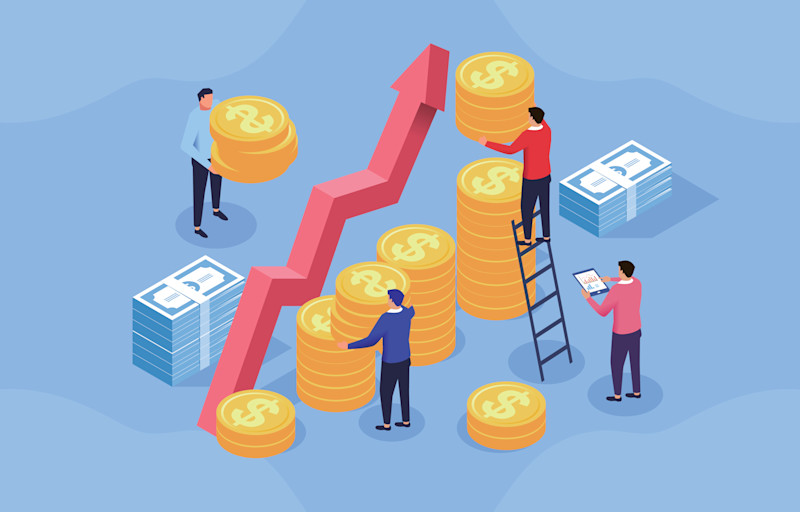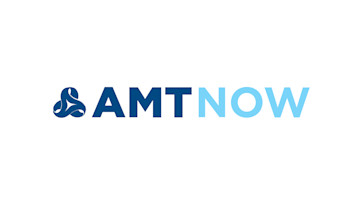Inflation has come to dominate conversations taking place from the kitchen table to trading floors and beyond. Policymakers initially labeled the rising prices as transitory, meaning it was a temporary condition brought about by a mismatch between the amount of goods in demand and what could be supplied. A look back at some recent trends in fiscal policy, shifting consumer habits, and changes to Federal Reserve policy can reveal the extent to which the increased prices we are facing are rooted in supply constraints or due to excess economic activity. However, to fully understand the impacts, differences between the 2020 COVID recession and all previous ones should be appreciated.
Fighting the 2020 Recession
While the circumstances around each one are different, every recession is brought about by a general decrease in demand for goods and services. This reduction in demand causes businesses to lay off workers, close their doors, or reduce output by other means, creating unemployment and further reductions in demand. The economic contraction of 2020 was quite different. The service industry was disproportionally affected by a near cessation of activity, while workers who could work remotely and those deemed “essential” generally remained employed.
Amid this backdrop, fiscal stimulus at the federal level was passed to assist both businesses and workers who felt the disruption of the shutdown. Government spending itself does not cause inflation, but the cash transfers enacted under both the Trump and Biden administrations were designed to bolster consumption and had the potential to be inflationary. Nearly $700 billion was spent to augment state unemployment programs. While increasing unemployment benefits can contribute to inflationary pressures, observed inflation only began to increase toward the end of this program and only peaked after the additional benefits expired in September 2021. In addition to the increased unemployment benefits, three rounds of direct cash payments costing over $850 billion were sent directly to most Americans. Since these transfers were not means-tested like unemployment, they were far more likely to bring about excess consumption and inflationary pressures. The total impact on inflation was muted because of the high propensity to save these cash injections as well as a portion of wages that normally would have been spent. Between January 2020 and January 2021, the total deposits in commercial banks increased by nearly $3 trillion.
Consumer Spending
As the shutdown continued and service sectors remained closed or operating at severely diminished capacity, consumers began to shift their spending habits toward goods. Following the 2008 financial crisis, it took five years for consumer spending to surpass pre-recession levels. By contrast, consumer spending surpassed pre-pandemic levels by June 2020 and peaked in April 2021, 39% above February 2020. The shift in consumer demands required an economy-wide shift in capacity toward manufactured goods, which would require significant investment and time. The recovery from the previous recession was characterized by an extended period of persistently low inflation. One of the main reasons for this was the Federal Reserve’s policy of forward guidance and an ardent defense of the 2% inflation target. Because changes in expected inflation will lead to a proportional change in actual inflation, hard targeting 2% anchored expectations no higher than that. When this targeting policy was abandoned in August 2020 in favor of a new regime of “Average Inflation Targeting,” the Fed nearly guaranteed the recovery from the COVID shutdowns would be accompanied by a high inflationary environment, as the 2% upper limit on expectations was removed.
Not So Simple
While it may be politically expedient to blame economic ills, including inflation, on the party in control of Congress or the occupant of the White House, actual causes of economic phenomena are a web of interwoven issues. Allowing natural inflation to grow unchecked risks overheating the economy and causing financial troubles for families and businesses, yet tightening monetary accommodation too early risks returning to the shallow growth environment following the financial crisis, if not plunging back into recession. Understanding the underlying factors and their relative impact will help guide future policy to alleviate the burden of inflation without putting undue restriction on economic growth.






